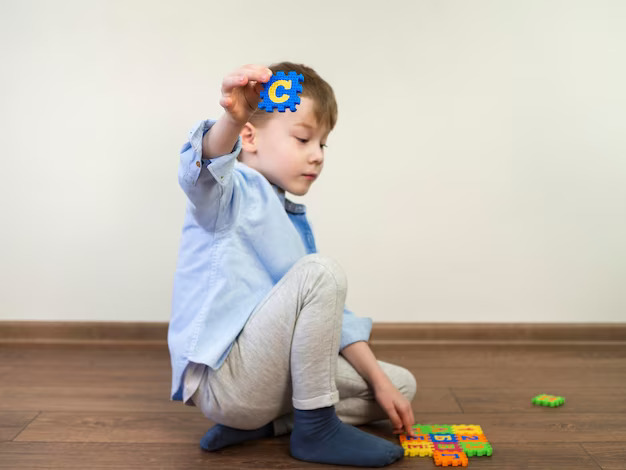ABA is an acronym for Applied Behaviour Analysis. It also included punishments for non-compliance and certain harsh techniques. The approach changed from behaviours that are now social and emotional skills development.
ABA therapy is a type of therapeutic technique which involves the child working with the practitioner one-to-one. The aim of the theory is to improve social skills, communication and learning skills. It is a range of strategies and techniques that can be used to help people. It can also help in improving general adaptive behaviours and help in learning specific learning skills such as hygiene, motor dexterity etc. ABA is effective for both children and adults with psychological conditions in homes, clinics or homes. This also reduces the possibility for therapy in future as prevention is better than cure.
It helps to understand how behaviour works in real life situations, to increase behaviours that are helpful and decrease behaviours that are harmful or affect learning.
ABA therapy can help
- Boost your language and communication abilities.
- Enhance your academic performance, social skills, memory, and focus.
- Reduce problematic behaviours
- Helps develop behavioural skills.
- Gives strategies for parents to help and learn kids at home.
APA has various working phases:
- Consultation and Assessment;
Consulting a therapist in ABA. The consultation is called FBA (functional behaviour Assessment). The therapist might ask about the child’s abilities and the things that challenge the child. The therapist will spend some time interacting with the child making observation of the behaviour of the child, communication skills and levels of intellectual functioning. The therapist may do a naturalistic observation. The ABA therapy has new perspective with every individual. Along with ABA, certain new integrations are incorporated in the life of the individual.
- Developing a Plan: The formal plan of therapy would be adopted by the therapist to use the observations technique in a more effective way. They may include the unique needs of the child and then adopt a treatment plan. The treatment involves reducing problematic behaviours and increasing and improving the communication alongside other skills that are mandatory for the individual development. New and improved strategies are adopted to effective parenting at home and helps the child development as this improves communication with similar pattern used with the child to initiate a particular response and behaviour to increase.
- Caregiver Training; ABA also relies on the care giver training to obtain the behaviours outside the therapy. They strategies that would be given by the therapist can help the reinforcement of adequate behaviours. Safely avoiding the reinforcement that are less effective such as giving tantrums.
- Frequent Evaluation: ABA therapist caries out behaviour’s that result in maladaptive behaviour to help out child change and improve them. Slight difference in way the therapy is provided can be encountered the way the child reacts to these interventions. Continuous progress and analysing the child progress along with which strategies are working and how can the child benefit from the different treatment techniques.
The following are the techniques used for ABA:
- Positive Reinforcement: The child with special needs generally faces difficulties in learning and responding to social situations. They generally don’t know how to respond, so this can be increased by positive reinforcement to encourage the behaviour in the future.
- Negative Reinforcement: When the child shows manipulative behaviour, it should be immediately reduced and this can be done by removing the stimulus causing the negative behaviour. This is form of non-aversive punishment, and the negative reinforcement should be consequent to the behaviour of the child.
- Using prompts and cues: Prompts are the visual cue and it should be done to encourage a particular behaviour. Verbal cues are gentle reminders while visual cues are less direct and might include a gesture. The following is faded out when it is seen that the child doesn’t need this anymore.
- Task Analysis: This includes the type of behavioural trend that can help the child learn new behaviours. The tasks are given to the child and it is then observed how they perform it.
- Physical Actions
- Cognitive Actions
- Repetition
- Allocation
- Environment
Once the analysis of child performing the task is done, the therapist looks for making the other tasks easier for the child.
Thus, the ending goal or requirement after the ABA is done includes;
- The child shows more interest in the people around them.
- Communicating with other people
- Learning to ask for things
- Having being able to focus in school
- Reduction of self-harming behaviours
- Fewer tantrums and outbursts.
ABA has been beneficial for many children living with autism spectrum disorder by helping them learn and develop important skills. It helps in improving communication abilities while reducing harmful and unacceptable behaviours.
If you are looking for ” online counselling in India“ contact TalktoAngel, a platform that connects the best online therapists with psychologist near me.

